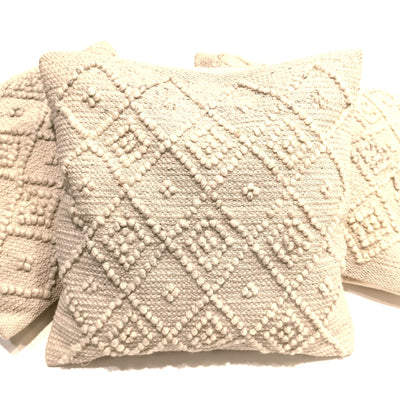Afghan Kilims: The Beauty and History Behind Them
Introduction
In the vast world of textile arts, few items capture the essence of culture and tradition like Afghan kilims do. These authentic works of art, woven with skill and passion by Afghan artisans, are much more than just rugs; they are carriers of ancient stories, cultural symbols and a unique expression of creativity. In this article, we will dive into the fascinating universe of Afghan kilims, exploring their history, design, technique and the cultural significance they hold.
History and Origins of Afghan Kilims
Kilims, a variety of flat, woven tapestries without pile, have deep roots in the cultures of Eurasia and the Middle East. Afghanistan, a country that has historically been a crossroads for trade routes, displays a rich weaving tradition that dates back centuries. Afghan kilims have been an integral part of daily life and cultural practices in diverse communities throughout history.
Emblematic Designs and Motifs
What sets Afghan kilims apart from other forms of weaving is their astonishing variety of designs and patterns. These designs are not only visually appealing, but they also carry with them deep meanings and often tell stories of life in Afghanistan. From geometric and floral motifs to depictions of animals and everyday scenes, each design is a testament to the artisans’ imagination.
Weaving Technique and Process
The traditional technique used to create Afghan kilims is flat weaving, which involves interlacing warp and weft threads to create a uniform surface. Although the technique is deceptively simple, it takes exceptional skill to achieve the required precision and uniformity in the pattern. Afghan weavers employ hand-held looms to weave the kilims, using a vibrant palette of colours and a variety of knots to bring their designs to life.
The Cultural Value of Afghan Kilims
Beyond their aesthetic beauty, Afghan kilims play a vital role in preserving Afghanistan’s cultural identity. These textiles carry family and tribal histories, and are often passed down through generations as prized treasures. Furthermore, the very act of weaving kilims is a shared tradition that fosters social cohesion and unites communities through art and creativity.
Modern Challenges and Opportunities
In the modern context, Afghan kilims face unique challenges and opportunities. As Afghanistan opens up to the globalized world, kilims have found an international market eager to appreciate their authenticity and craftsmanship. However, large-scale production and competition from industrial imitations pose threats to traditional weavers.
Conclusion
Afghan kilims are a window into Afghanistan’s rich history and culture. These woven pieces are not only testaments to the weavers’ artisanal skill, but also a means of passing on cultural heritage from generation to generation. As we continue to appreciate the beauty and meaning behind Afghan kilims, it is essential to support the artisans and preserve this unique art form in an ever-changing world.



















